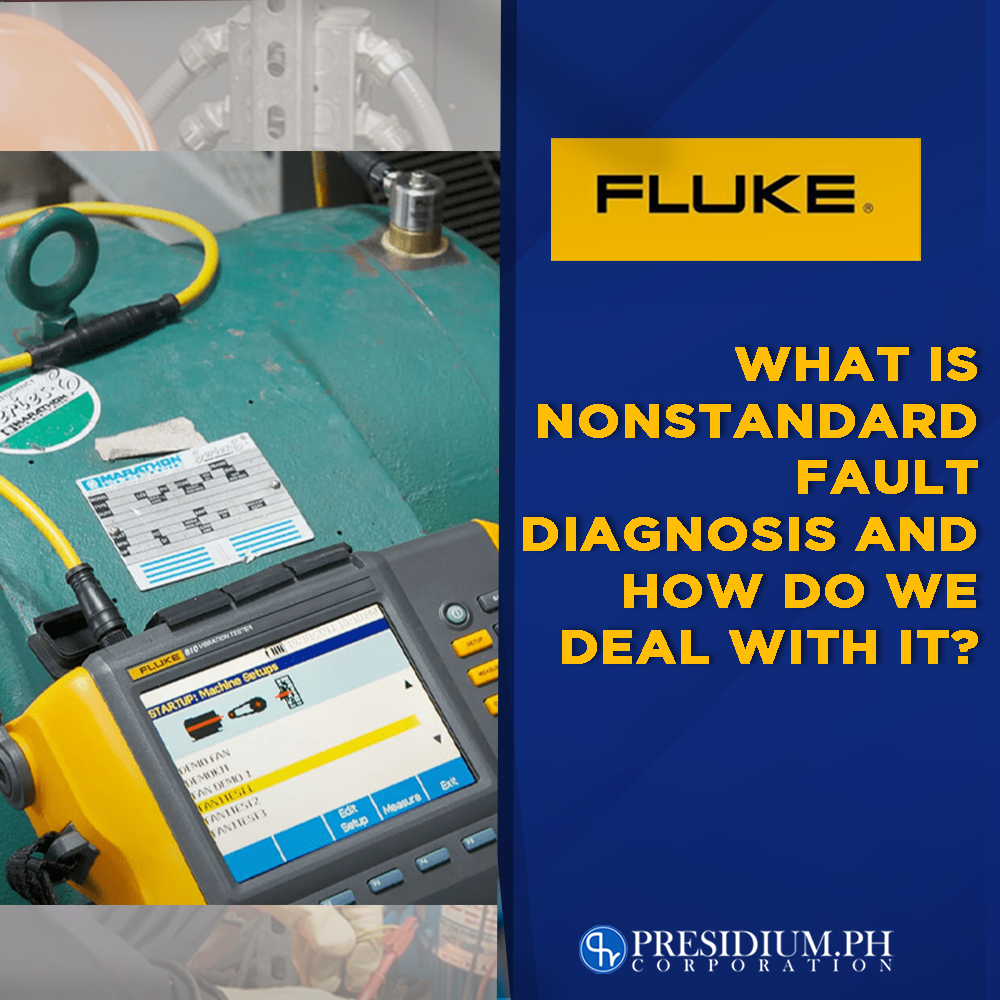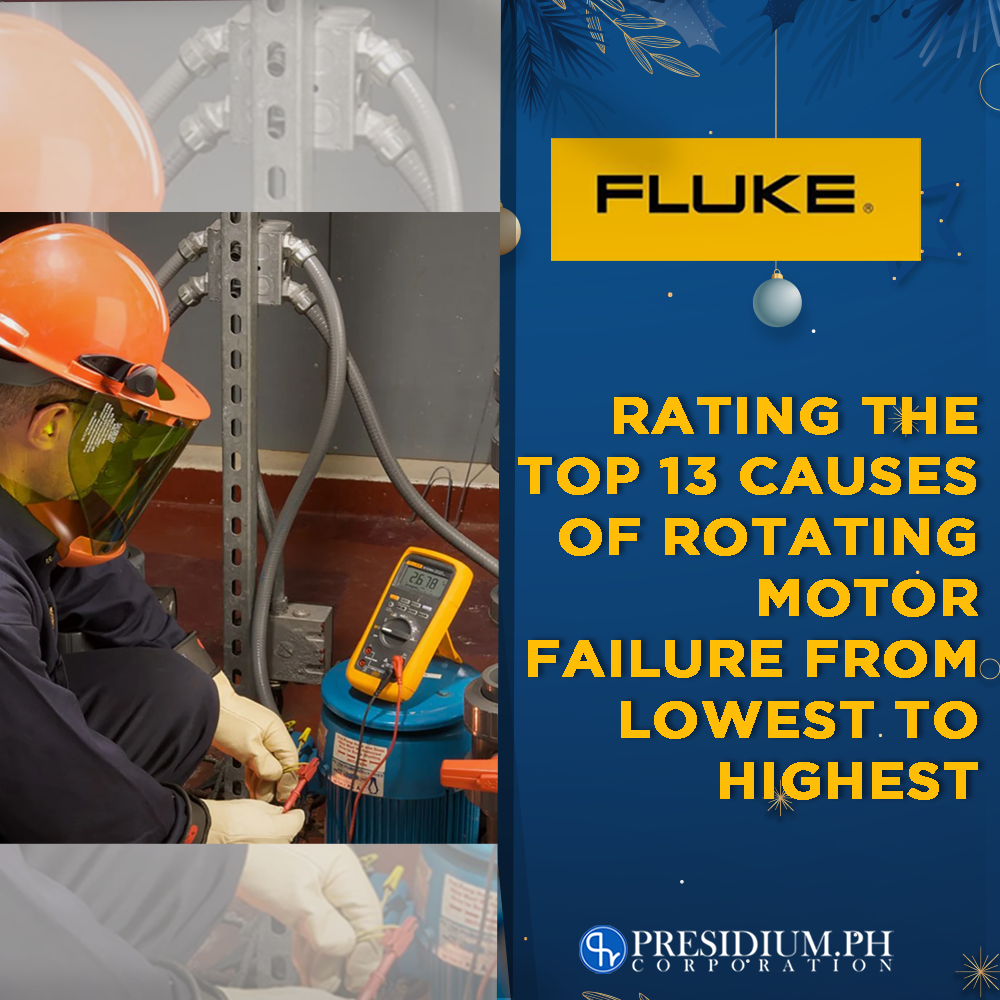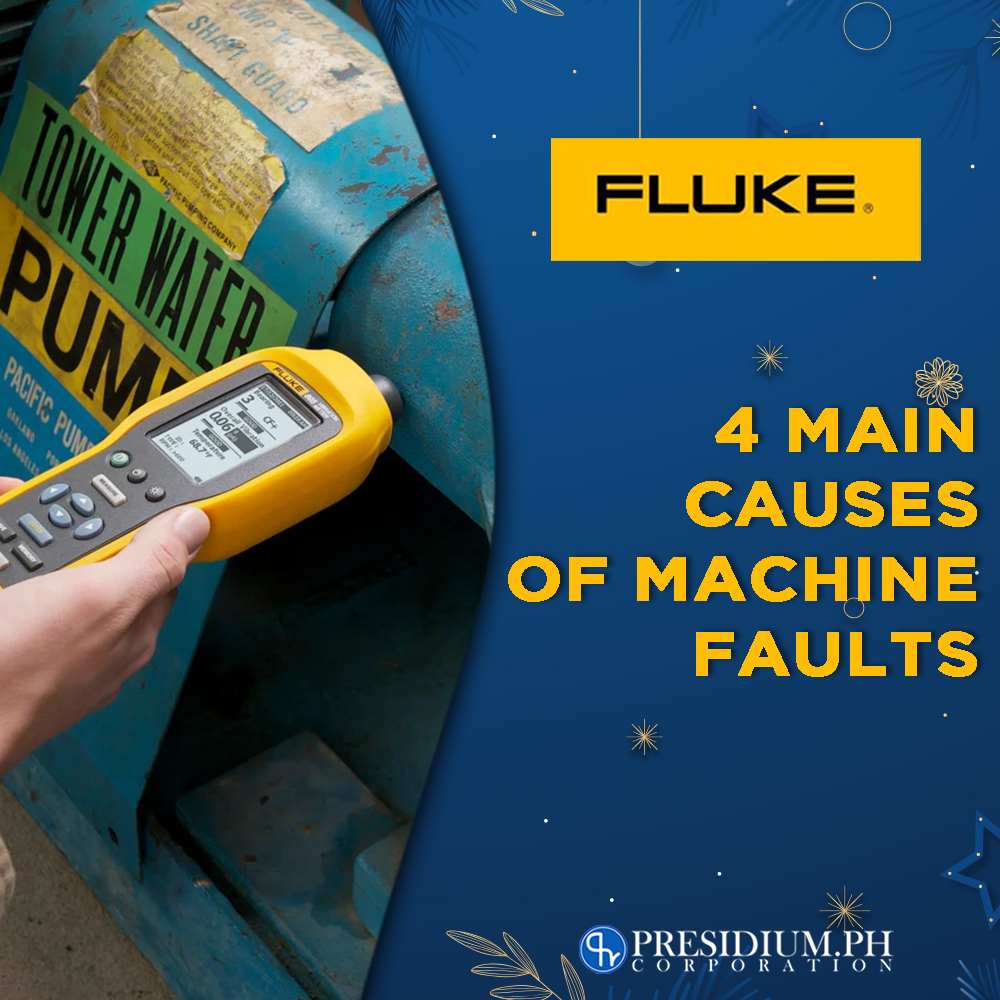Electric Safety: 5 Preventive Practices to Keep You From Harm During Operations
Method with caution is the rule of thumb of most people who are working with electricity. Live wires or dead wires, one should never be complacent when testing or doing maintenance checks. Nevertheless, there will always be a certain pressure for workers to get the job done no matter what happens. And when certain pressures are breathing down your neck, you might have the tendency to miss a few electric safety steps.
However, missing a few safety steps shouldn’t be something to feel bad about. Actually, even professionals can sometimes make those mistakes. The bigger picture is your safety when you’re around electrical wires. So here are things that you should prevent doing when you’re around them.
Here are preventive practices you should keep in mind when testing electricity…
These are just quick reminders for people who are working closely with live wires (or dead ones) daily. Ignorance of simple things can sometimes be the main cause of a project’s destruction or an immediate trip to the emergency room. Therefore, it’s always a smart move to be very careful and attentive when doing electric testing. Here are some of the common mistakes you should watch out for.
Electric Safety: Working on live circuits
You should limit your exposure to live wires as much as possible. One of Fluke’s best features is its ability to take measurements from afar making its user well protected and away from danger. The best course of action is to de-energize the live wire or switch off the main power source. But then again, why should you vie away from electrical circuits when you have your full protective gear on? It’s because your PPE can only protect you to a certain extent. So, if you’re working with live circuits, better have full insulted tools together with your PPE.
Electric Safety: Refusing to upgrade test tools
You have to upgrade your test tools. We’re not saying you should purchase every time a new one comes out, but if the said tools are going to help you in doing the job better, then, why not right? Good tools are an investment especially if you’re planning on having a career in the electrical department.
Your tool might be working perfectly fine right now but can you still say the same 10 years after? No matter how good your test tool is, opting to purchase a more advanced tool that can keep you safer is always preferred. These advanced tools may be worth the investment than the old ones you have right now.
Electric Safety: Holding test tools with both hands
Actually, try not holding anything at all if it’s possible for you to do so. The goal of every operation is for you to limit your contact to any live wires or any tool that can bring you harm. So, if you must hold your tools when testing electricity, always do it with one hand. Doing so will lessen your exposure to harm if ever there are any unfavorable occurrences.
Nevertheless, the best option for you is to go hands-free (if the operation or the project itself allows it). You can try hanging your device somewhere while testing electricity. Some Fluke tools actually have this feature so that any worker can feel safer doing a ‘hands-free’ job.
Electric Safety: Replacing fuses with cheaper ones.
The fuses that you bought together with your digital multimeter are tested in regards to the CAT safety standards. Moreover, the one that is originally installed in your device can surely withstand any overload or faulty electric wiring. On the other hand, buying from another source might not level up to the original one. It’s always to be better off safe than sorry, so when replacing your digital multimeter’s fuses, buying from an original source is always the ideal choice.
Electric Safety: Don’t neglect your test leads.
One of the most important accessories you can have for your digital multimeters is your test leads. Remember, test leads don’t come in one form. There are a lot of other types that are better suited for the project you are working on. A word of advice, for further safety measures, try looking (or consider purchasing) test leads with finger guards, non-slip surfaces, shrouded input connectors, and those with double insulation.
Purchase from an authentic source!
Hey, you made it to the bottom! Are you currently looking for the best-performing test tools in the market to run daily maintenance checks on your machines? You’re in luck cause Presidium PH is an authorized distributor of Fluke test tools in the Philippines.
If you want to know more about Fluke tools and their functions, visit our website for more info! This is a one-stop-shop for the best test tools within Metro Manila.










